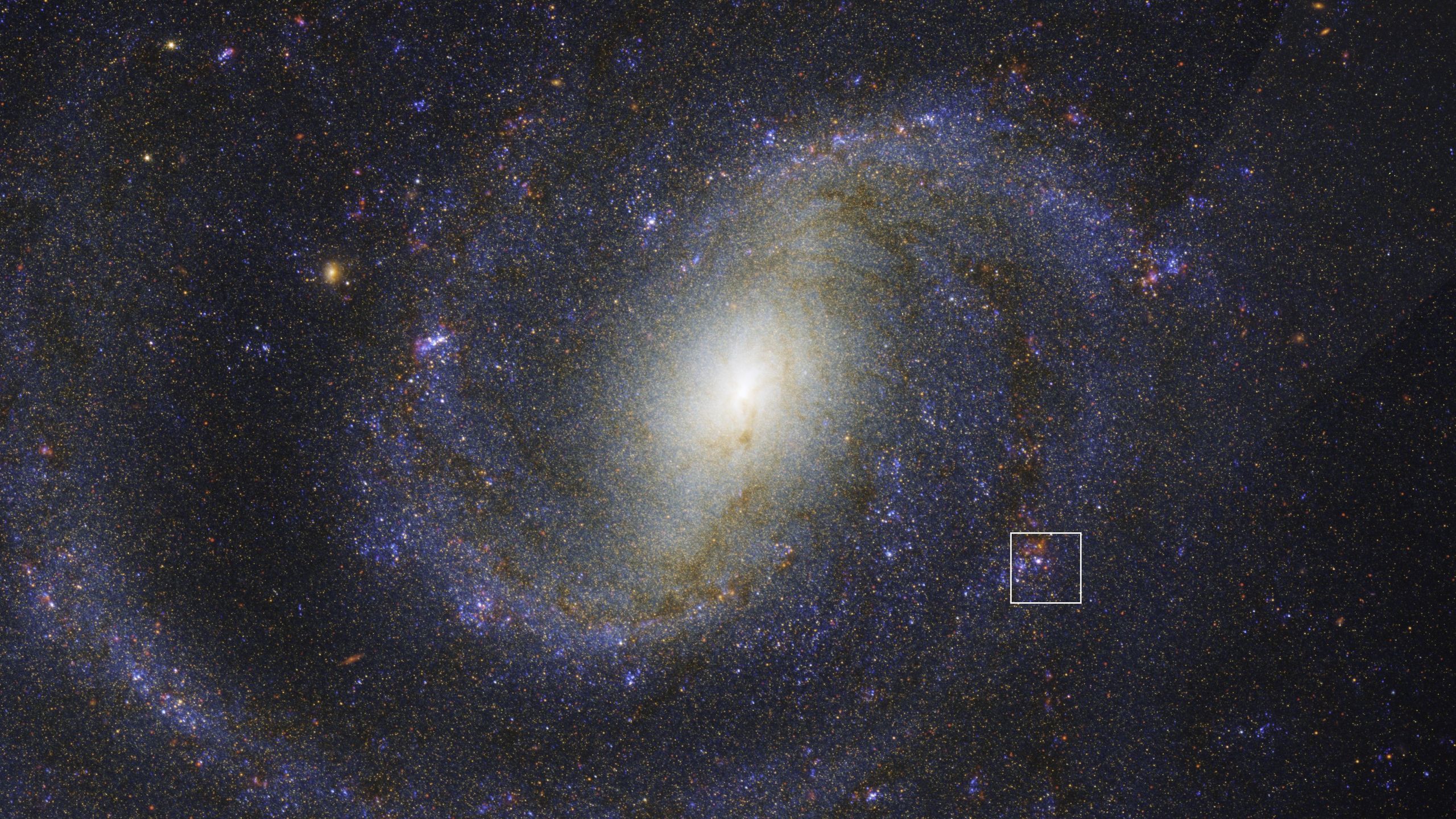Space is full of surprises, and it continues to baffle even experts! While most of us imagine our Solar System as planets surrounded by an empty void, astronomers are claiming that there’s much more happening in the cosmic neighborhood. New studies conducted by astronomers at the Max Planck Institute, led by Dr. L. L. Sala and his colleagues have confirmed that the Sun sits inside a giant bubble of hot gas, and within it, there might be strange “interstellar tunnels” connecting us to other star systems.

A bubble born from explosions
Decades of research has proved that the Solar System lies within a region of space known as the Local Hot Bubble (LBH) which spans across 300 light years, formed as a result of cosmic explosions called supernovas that occurred millions of years ago. These explosions caused the surrounding gas to heat up, resulting in a low-density, high-temperature environment, and traces of these activities are still present in the form of faint remnants of hot plasma.
Dr. L. L. Sala and colleagues used data from the eRosita X-ray telescope to chart this region in unprecedented detail and Dr. Sala mentioned, “We find the temperature of the LHB exhibits a north-south dichotomy at high latitudes,” in a paper published in the journal Astronomy & Astrophysics. eRosita’s research, combined with old data from ROSAT, another X-ray survey, indicate temperature differences across the region and faint traces of warm gas, dust cavities, and interstellar structures, offering the most refined picture yet of our cosmic neighborhood.
Also read | Pune astronomers make vital space discovery: Galactic wind around tiny galaxy
Intriguing cosmic channels
The most intriguing finding from the study is what the team describes as “interstellar tunnels” – channels of hot plasma that seem to extend from the Solar System, stretching towards the Centaurus constellation. Another such pathway appears to point towards Canis Major.
These pathways, that could be part of a larger network of cosmic “backroads,” connecting regions of the galaxy shaped by ancient supernovas, seem to cut through the hot plasma, forging channels between us and other distant star systems. The findings indicate that these may be part of a larger interconnected system stretching between star-forming regions and pockets of gas, lending weight to older theories about networks of dust cavities filled with hot gas resulting from supernova activities.
Also Read | Harvard astronomer warns interstellar object moving towards Earth could ‘save us or destroy us’
Redefining the “void”
Space is far from empty and the Local Hot Bubble is proof that ancient supernovas and other cosmic activities have shaped today’s cosmos into a complex environment intermingling with dust, plasma, radiation and magnetic fields, making the so-called “void” far more complex than simple vacuum. The research team has successfully mapped out parts of the LBH and its peculiar passages but much remains unclear. Some areas appear to be connected by cavities, while others are blocked, indicating that more advanced research models are required to understand them.
Astronomers claim that advanced X-ray missions, deeper surveys, and more refined models of hot gas distribution are required in order to understand more. Mapping them further could reveal how they shape cosmic rays, dust flow, and stellar winds.
The new discovery reiterates the fact that even our local space holds surprises, challenging old assumptions and adding complexity to what lies between the Solar System and other nearby stars. As technology improves, each new finding will not only answer questions but also uncover more, gradually reshaping our understanding of the cosmos.
Source link

